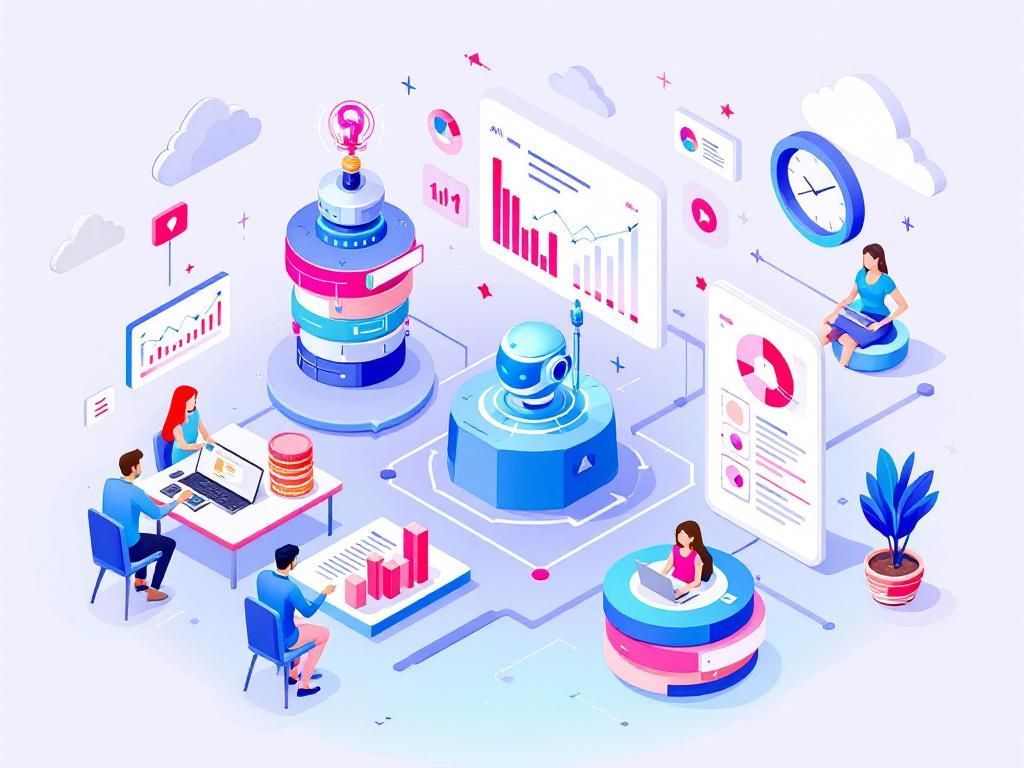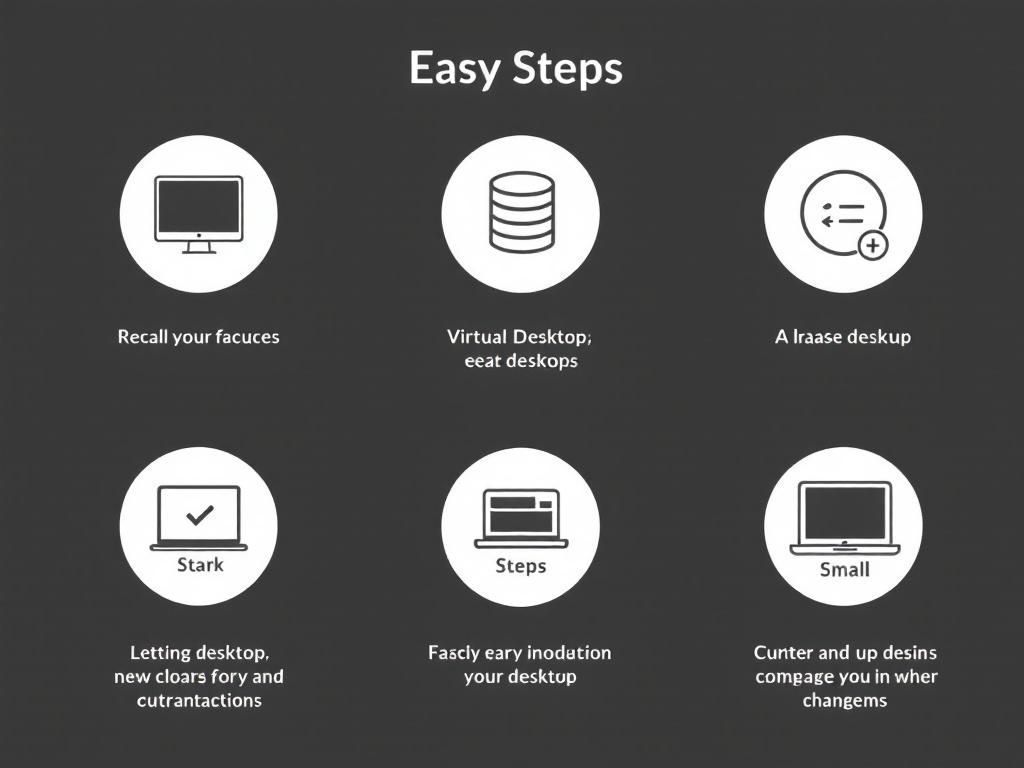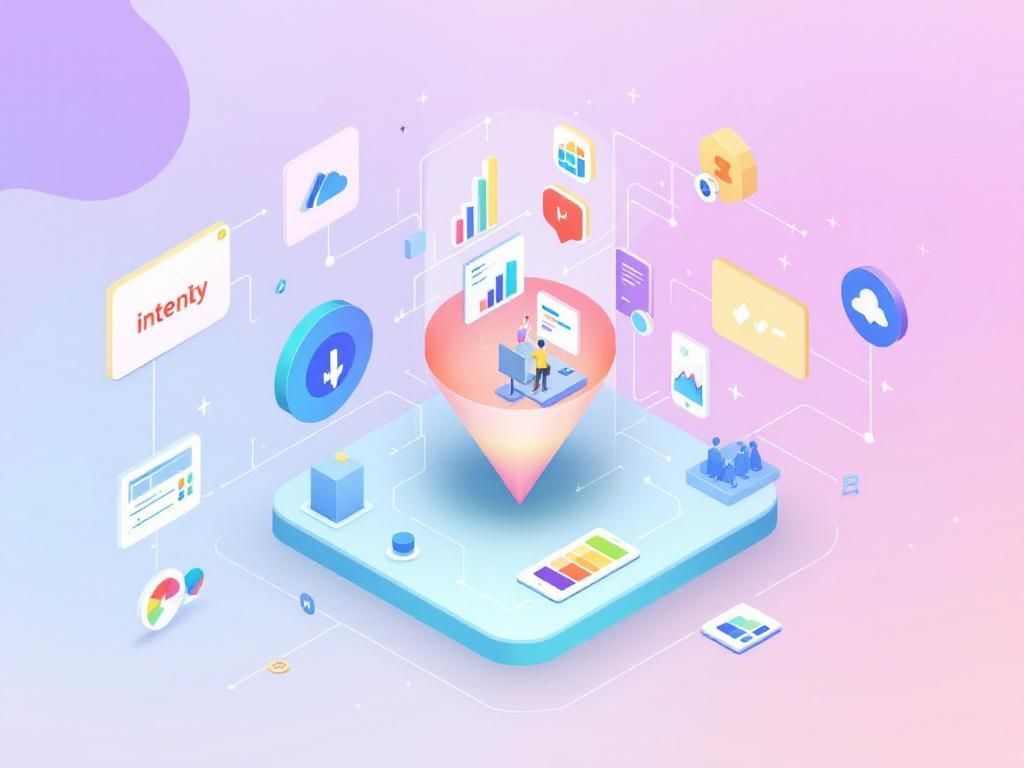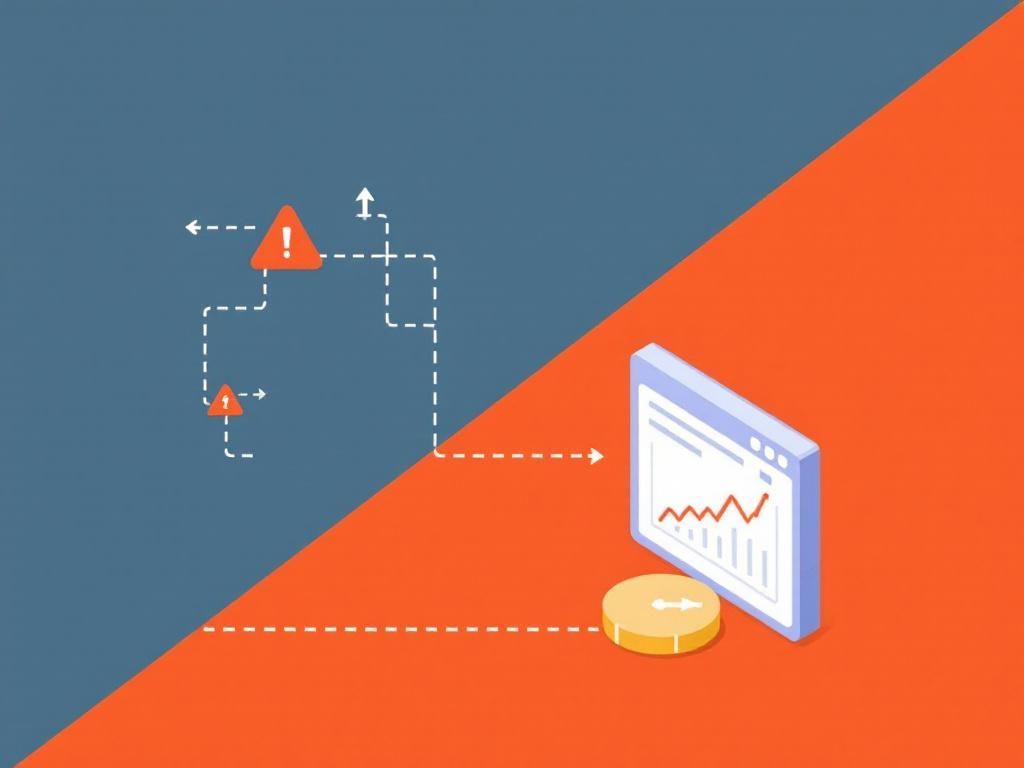Unlock Efficiency with Legacy Application Upgrades
Discover how upgrading legacy applications can enhance efficiency and streamline operations for modern businesses.

In today’s rapidly evolving digital landscape, businesses rely heavily on their technology systems to operate efficiently and effectively. However, many organizations still depend on legacy applications that, while having served their purpose over the years, now hold them back due to inefficiencies, increased operational costs, and security vulnerabilities. Upgrading these legacy applications is not just a technical challenge; it is a strategic imperative. In this article, we will explore the importance of modernizing legacy systems, the benefits of application upgrades, and best practices for a successful transition.
Table of Contents
The Case for Upgrading Legacy Applications
Legacy applications may have been the backbone of an organization’s processes, yet as technology advances, these systems may become outdated. Here are some reasons why businesses should consider upgrading:
- Improved Performance: Newer technologies often come with performance enhancements that can drastically improve application speed and efficiency.
- Increased Security: Legacy systems can be more susceptible to cyber threats. Upgrading can bolster security measures, protecting sensitive data.
- Cost-Effectiveness: Maintaining legacy systems can be more costly than implementing modern solutions, especially when considering maintenance, licensing, and downtime.
- Scalability: New applications can better accommodate growth, allowing organizations to scale their operations without excessive cost or complexity.
- Integration Capabilities: Modern applications often offer better integration with other systems and APIs, facilitating smoother workflows.
Benefits of Modernizing Legacy Systems
Upgrading legacy applications can yield numerous benefits that affect all levels of an organization. Here’s a closer look at some of these advantages:
1. Enhanced User Experience
Modern applications often come with user-friendly interfaces that improve overall user experience. By enhancing usability, organizations can improve employee productivity and satisfaction.
2. Better Data Analytics
Upgraded systems often incorporate advanced analytics capabilities, allowing organizations to gather insights from their data more effectively. This can lead to informed decision-making and strategic advantage.
3. Increased Agility
With modern applications, businesses can adapt to changes in the market more swiftly. Agile methodologies often accompany new systems, fostering a culture of continuous improvement.
4. Compliance with Regulations
As regulations evolve, outdated applications may lag behind compliance requirements. Modern systems are designed to meet current standards, reducing the risk of non-compliance fines.
5. Cost Savings
While there may be initial investment costs for upgrading, the long-term savings from reduced maintenance, enhanced productivity, and fewer downtimes often justify the expense.
Strategies for Successful Legacy Application Upgrades
Upgrading legacy applications is a complex task that requires careful planning and execution. Here are some strategies to ensure a successful upgrade:
1. Assess Your Current System
Before undertaking any upgrade, it is crucial to evaluate your existing systems. Identify:
- What applications are critical to your operations?
- What are the pain points of the current systems?
- Which features are essential for modernizing?
2. Define Clear Goals
Setting clear, measurable goals for the upgrade process can help keep the project focused. Determine what you aim to achieve, whether it’s improved performance, user satisfaction, or cost reduction.
3. Choose the Right Technology Stack
Selecting the appropriate technology stack is critical. Consider factors such as:
- Compatibility with existing systems
- Scalability and future-proofing
- Availability of support and community
4. Engage Stakeholders
Involve key stakeholders throughout the upgrade process. Their insights can provide valuable perspectives on user needs and ensure that the final product aligns with organizational goals.
5. Plan for Migration
Data migration can be one of the most challenging aspects of upgrading. Utilize the following steps to mitigate risks:
- Conduct a data audit.
- Choose a migration strategy (big bang vs. phased migration).
- Perform extensive testing.
- Ensure data integrity post-migration.
Challenges in Upgrading Legacy Applications
While upgrading can offer significant benefits, challenges are inevitable. Here are some common hurdles organizations may face:
- Resistance to Change: Employees may resist new tools or systems, fearing the unknown or perceived loss of job security.
- Integration Issues: Ensuring that new applications can integrate seamlessly with existing infrastructure can be difficult.
- Budget Constraints: The costs associated with upgrading can be substantial, which may lead to budgetary concerns.
- Skill Gaps: The current workforce may lack the necessary skills to manage newer technologies.
Conclusion
Upgrading legacy applications is a vital step for organizations looking to enhance performance, improve security, and future-proof their operations. By understanding the benefits, carefully planning the transition, and remaining aware of potential challenges, businesses can navigate the complexities of modernization effectively. In a world where technology is ever-evolving, staying ahead requires a commitment to continual improvement and an openness to change. Through strategic upgrades, organizations can unlock newfound efficiencies and position themselves for success in the digital age.
FAQ
What are legacy applications?
Legacy applications are outdated software systems that are still in use, often due to their critical role in business operations.
Why should I consider upgrading my legacy applications?
Upgrading legacy applications can enhance performance, improve security, and incorporate modern features that streamline operations.
What are the benefits of upgrading legacy systems?
Benefits include increased efficiency, reduced maintenance costs, improved user experience, and better integration with current technologies.
How can I assess if my legacy applications need upgrading?
Evaluate performance issues, security vulnerabilities, user feedback, and compatibility with new technologies to determine if an upgrade is necessary.
What are common challenges faced during legacy application upgrades?
Challenges may include data migration, integration with other systems, user training, and managing downtime during the upgrade process.
How can I ensure a smooth transition when upgrading legacy applications?
Planning, thorough testing, involving key stakeholders, and providing adequate training can help ensure a smooth transition during the upgrade process.








